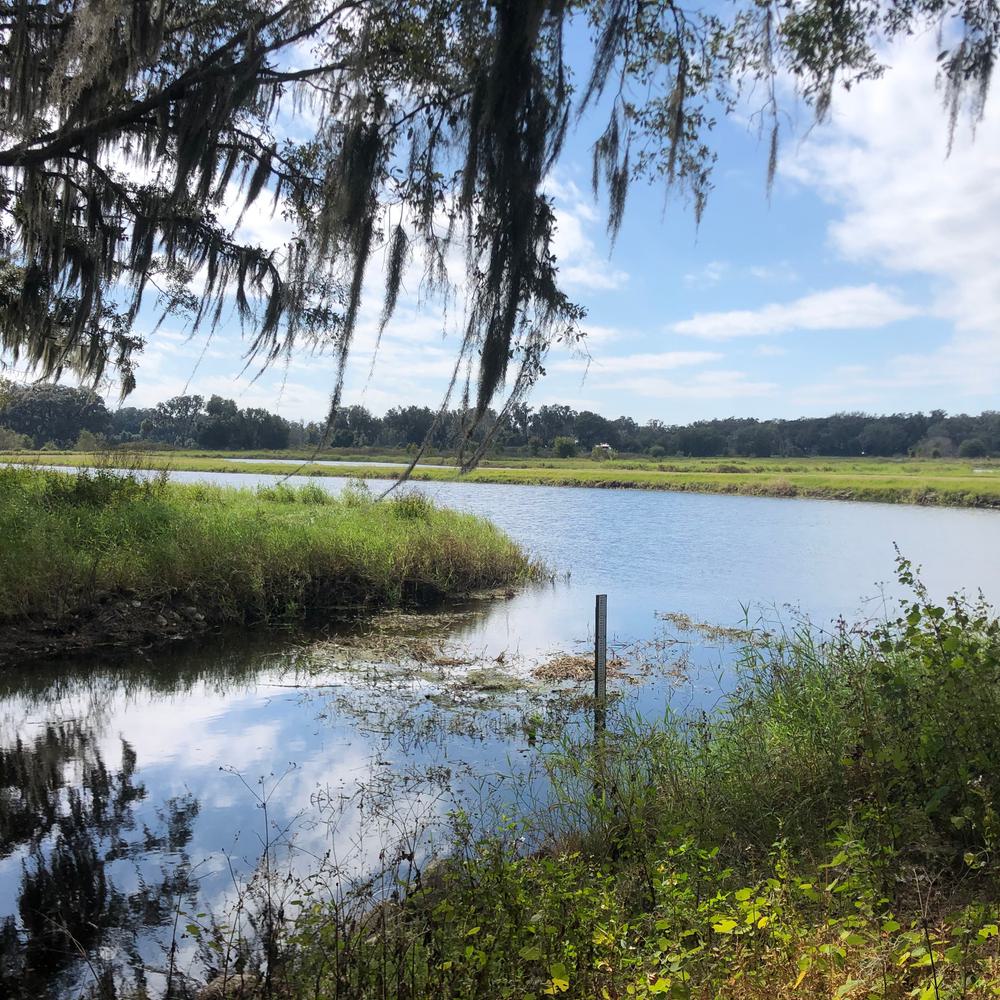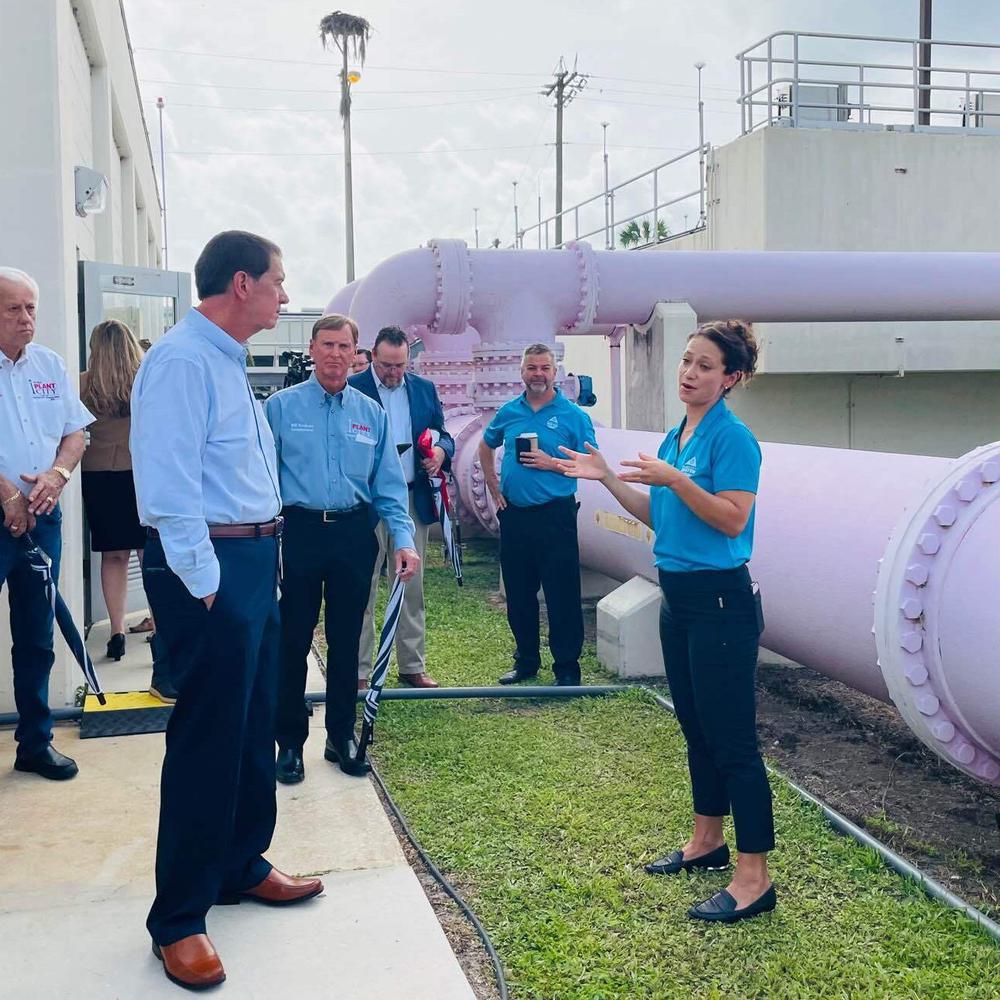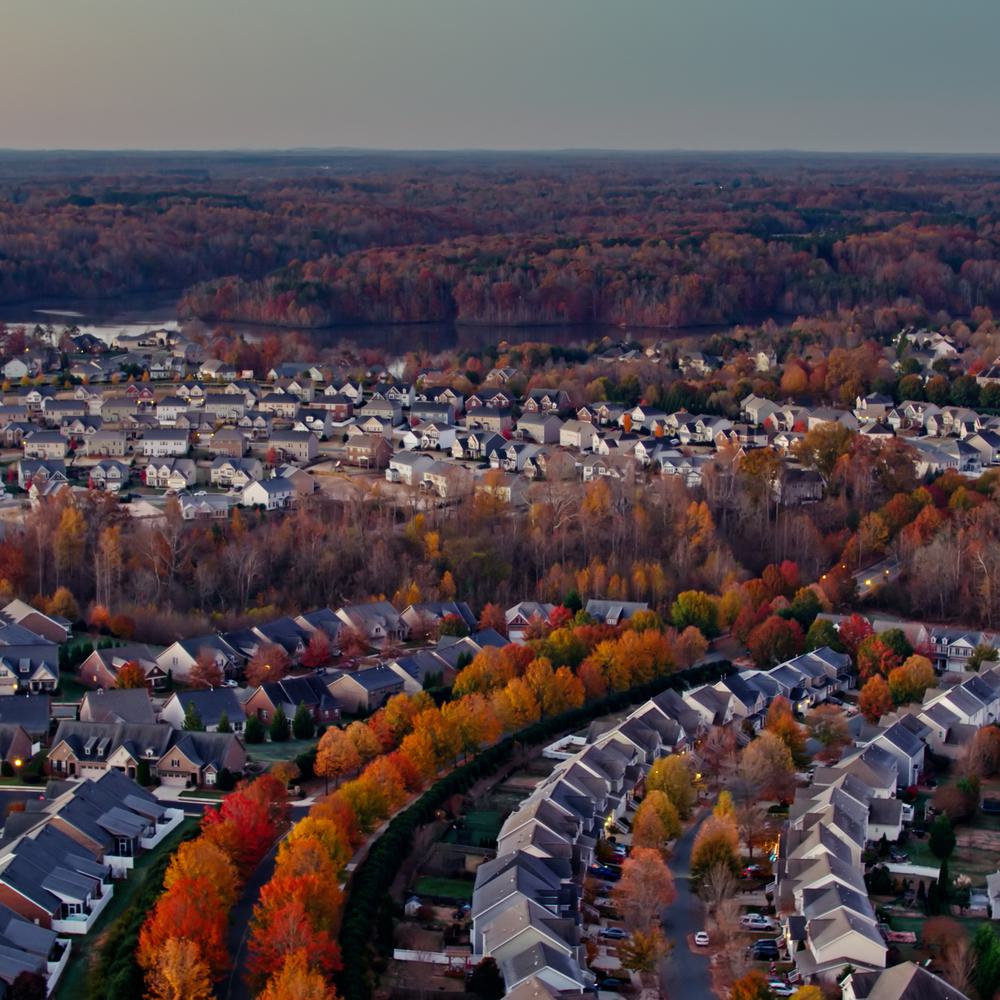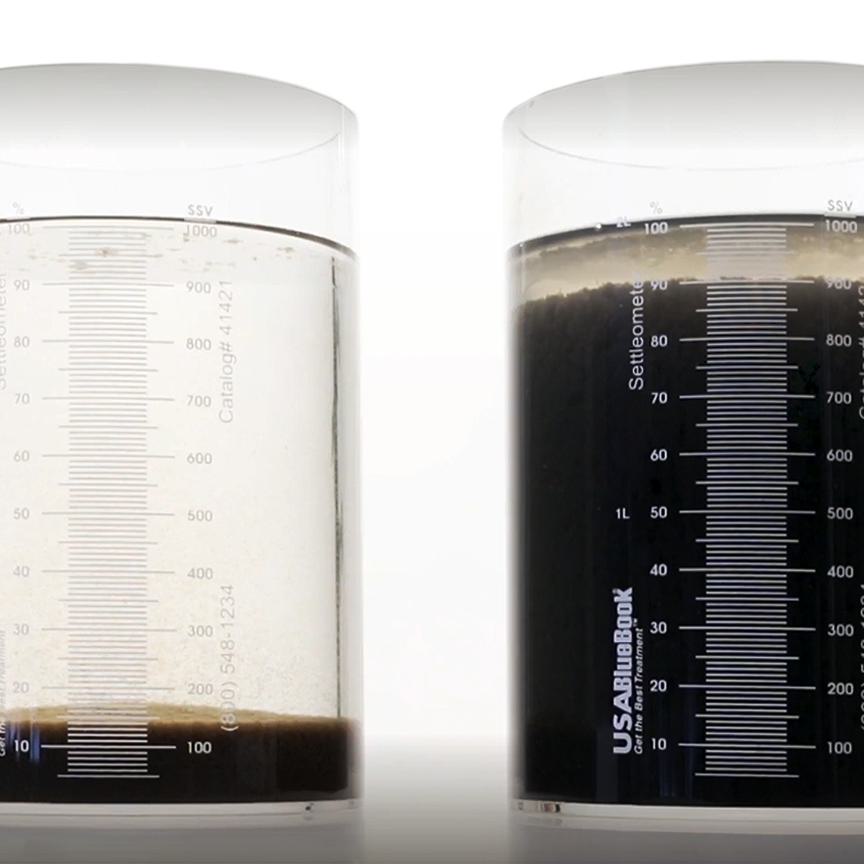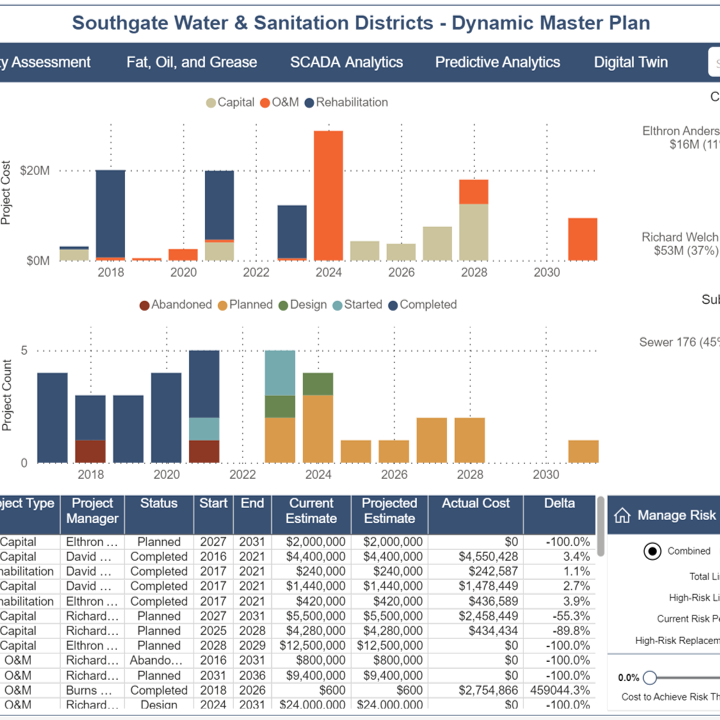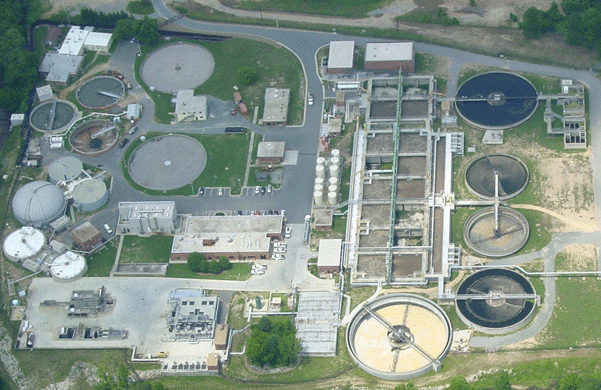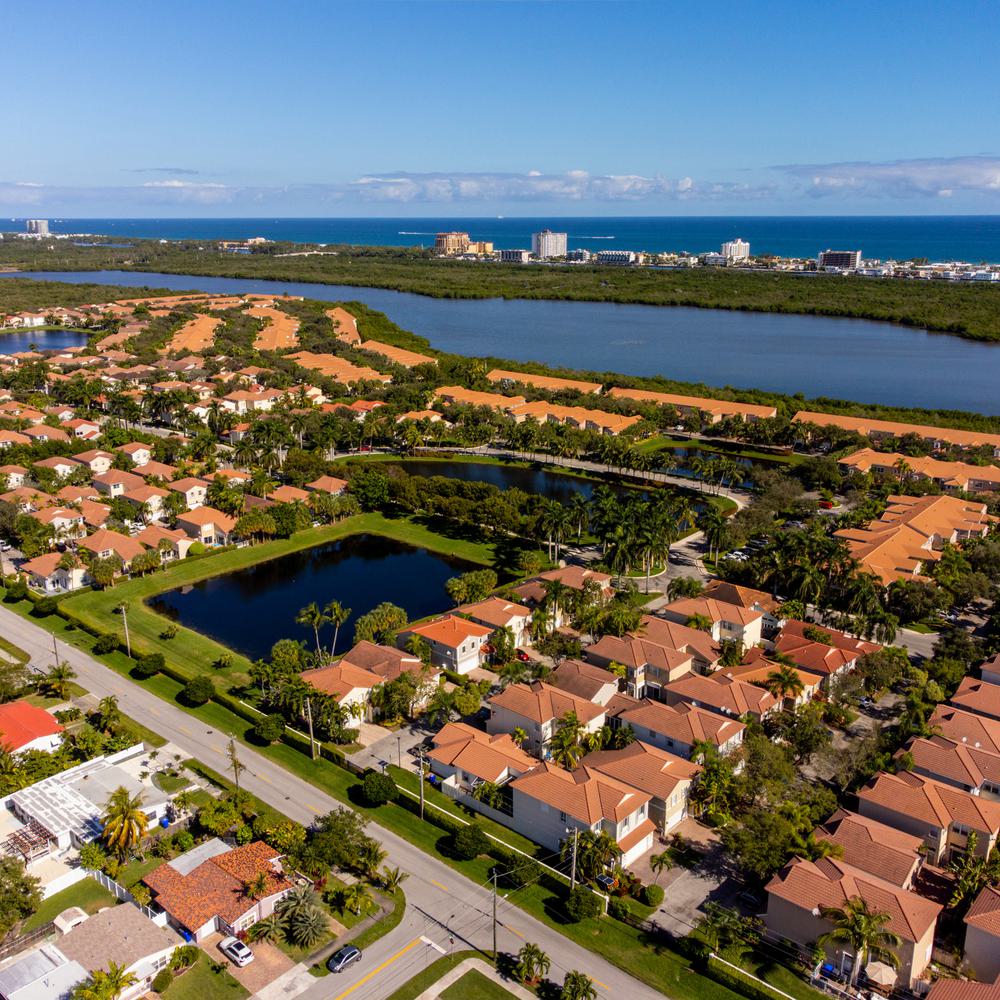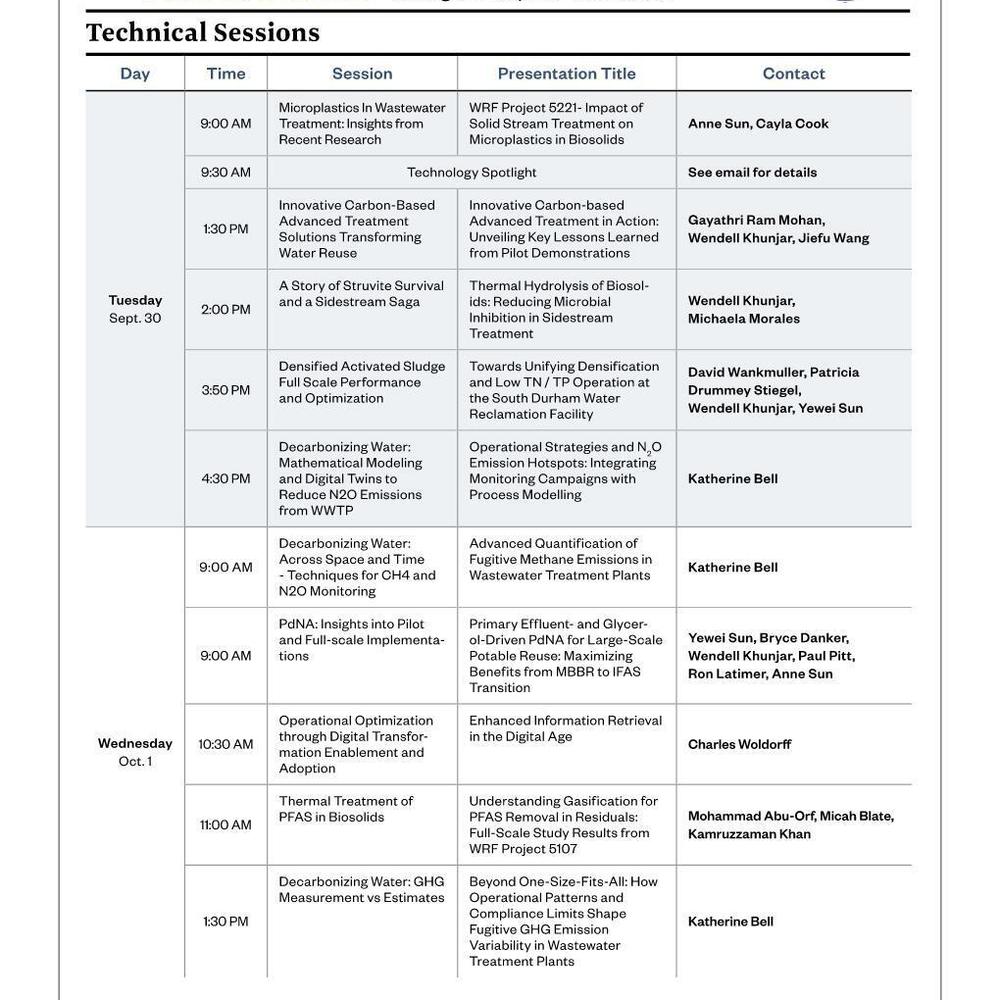Considering Potable Reuse? Here's What Helped a Virginia Utility
Hampton Roads Sanitation District (HRSD) uses recycled water to replenish the Potomac Aquifer through a program called the Sustainable Water Initiative for Tomorrow, or SWIFT. The first full-scale, 16 million-gallon-per-day (mgd) SWIFT facility is under construction. But the SWIFT Research Center, a 1 mgd demonstration plant designed by Hazen, has been running since 2018.
Jamie Heisig-Mitchell, HRSD’s Director of Water Quality, has played multiple key roles in the project, from developing SWIFT’s water quality monitoring strategy to managing communication with regulators and a special oversight committee. Here are her top lessons learned from the project so far.
Contact key stakeholders early and often.
During focus groups with the public, people shared that they wanted independent oversight of the project—they wanted academic experts involved. And they wanted to be able to see and understand the work. Those discussions inspired the creation of a 10-member independent advisory panel, a research facility that was educational and open to the public, and a robust public outreach program.
We also frequently invited state regulators to our planning discussions and asked for their ideas and questions. All of that communication seemed to make a big difference and gave us a stronger project at the end of the day.
Related Topics:
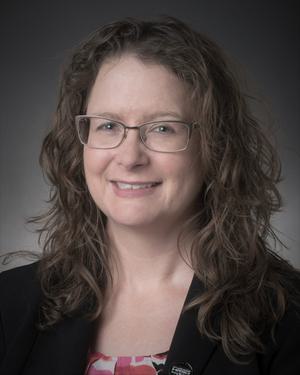
Top image: Inside the Sustainable Water Initiative for Tomorrow's (SWIFT) Research Center in Suffolk, Virginia, which uses advanced treatment processes to remove contaminants from recycled water. Above: Jamie Heisig-Mitchell directs Hampton Roads Sanitation District's Water Quality Division and has played multiple key roles in the development of SWIFT.
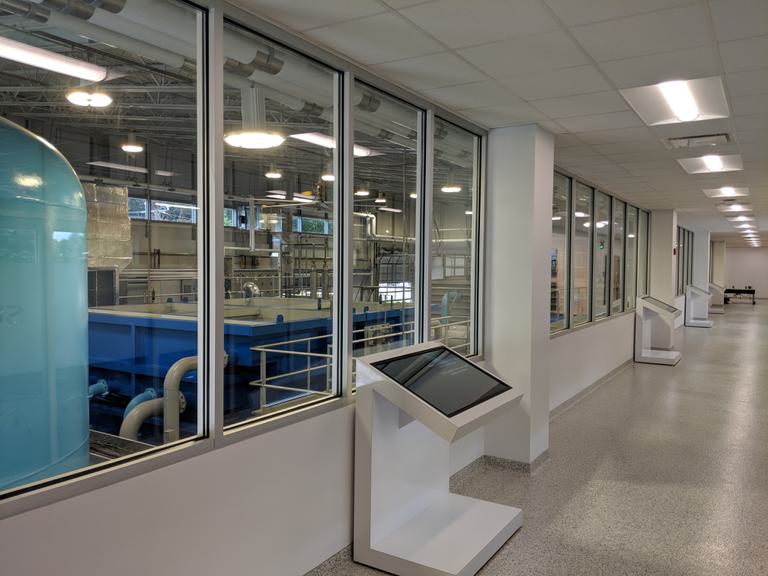
Visitors to the SWIFT Research Center can watch its machinery turn wastewater into drinkable water through a large viewing area (above). The computer screens explain different parts of the treatment process.
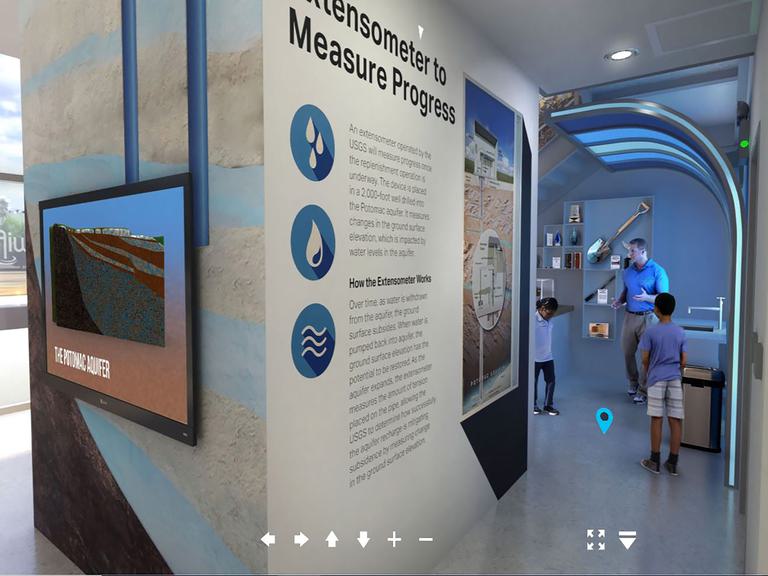
Hampton Roads Sanitation District's website even offers a virtual tour of the Research Center for anyone who wants to learn about the aquifer recharge program but can't come in person. Above, a still from the virtual tour.
Don’t underestimate the value of pilots and demonstration facilities.
Before SWIFT started, I would have guessed that getting public support for the project would be the most challenging piece of it. It hasn’t been. I actually think the biggest surprises have come from operating this new system day to day. There have been quirks we didn’t expect. The 1 mgd pilot plant has provided an opportunity to learn how to respond to them, as well as optimize all sorts of processes and help our staff gain confidence with running a SWIFT system.
Build in flexibility—operational and financial—wherever you can.
The regulatory environment for water and wastewater is dynamic, so we tried to think through everything that might come our way when designing a long-term system. This meant not just building extra space and flexibility into our designs, but also researching and optimizing treatment strategies for contaminants that could be more strictly regulated in the future.
One such chemical is 1,4-dioxane. In the design of our first full-scale SWIFT facility at the James River Treatment Plant, we included space for equipment that could remove 1,4-dioxane through advanced oxidation processes (AOP) involving UV light. But because that method can be expensive, we also used the SWIFT Research Center to look for lower-cost strategies. We found that using ozone and hydrogen peroxide could do the job using less energy (and thus money) than the option requiring UV. While that means we won’t need that extra space at the James River facility, it could come in handy for something else. Meanwhile, we already have a better approach for 1,4-dioxane removal at that facility, and our continued research has led us to an even better option for the next one we're planning.
Financial flexibility has also been important. When SWIFT started, our goal was to build five full-scale groundwater recharge facilities that could collectively produce 100 million gallons of recycled water a day by the early 2030s. That was before the pandemic and spikes in construction prices. To keep SWIFT affordable for our communities, we decided to pivot to building two full-scale SWIFT facilities by then. Our modeling shows that the roughly 50 mgd we’ll get from those plants will still be enough to help recharge the aquifer in those key ways that make it beneficial for the community. And we can add more plants in the future if and as we need them.
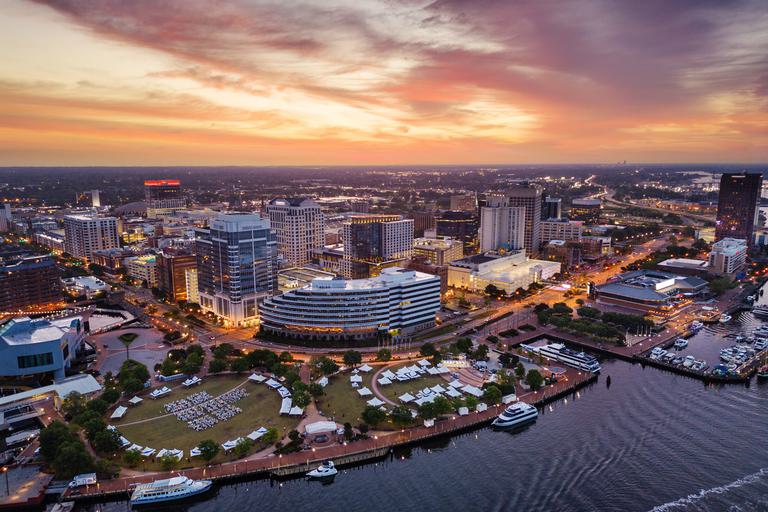
Hampton Roads Sanitation District serves 20 counties and cities in southwestern Virginia, including the City of Norfolk (shown here). The SWIFT program is helping recharge the Potomac Aquifer, a key source of water for the roughly 2 million people living in the region.




